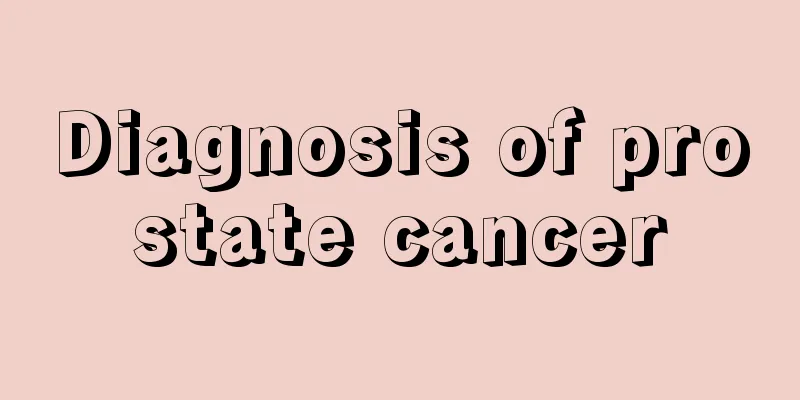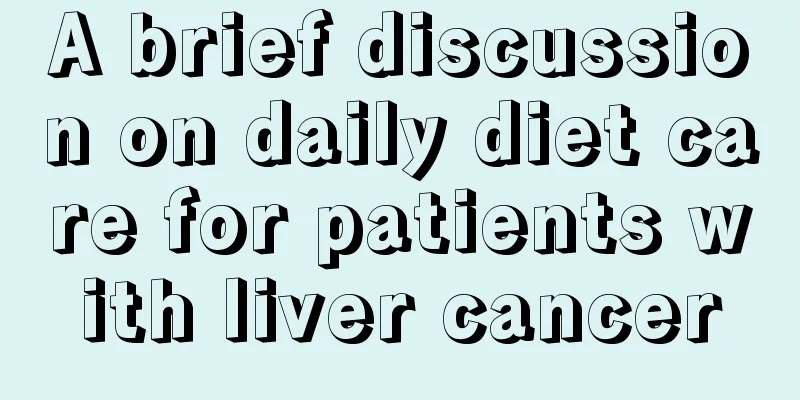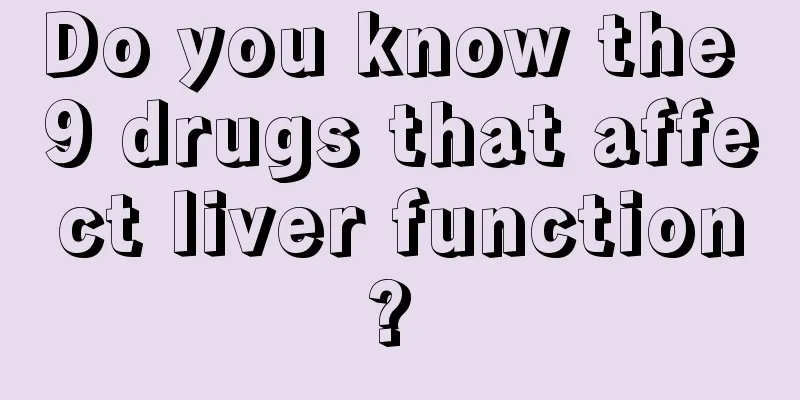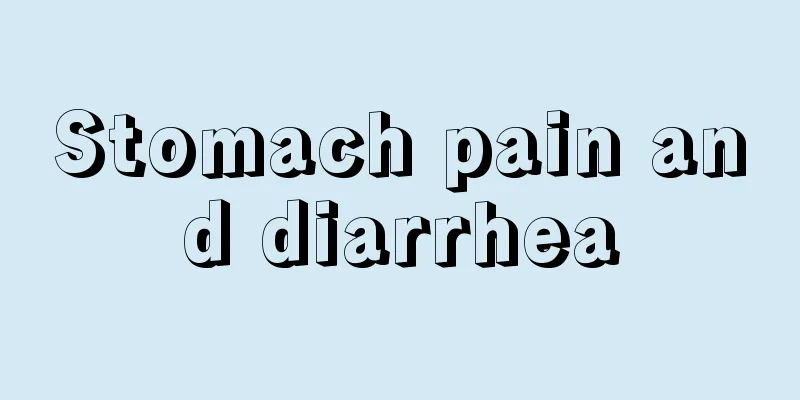Paroxysmal ventricular tachycardia

|
I believe that many people do not know the cause and symptoms of paroxysmal ventricular tachycardia, and many people do not know what harm this disease will cause to patients. Therefore, in order to increase everyone’s understanding of paroxysmal ventricular tachycardia, the following introduces in detail its causes and diagnosis methods. I hope everyone can take preventive measures against this disease. Paroxysmal ventricular tachycardia is mostly seen in patients with organic heart disease, especially coronary heart disease, acute myocardial infarction and cardiomyopathy. A few cases are seen in patients without obvious organic heart disease, drug poisoning and hypokalemia. Since ventricular tachycardia can lead to serious clinical consequences, it should be treated with caution in outpatient clinics and generally should be treated in hospital. diagnosis Paroxysmal ventricular tachycardia (I) Medical history and symptoms: ventricular tachycardia often occurs suddenly, and the patient feels obvious palpitations and chest tightness. It may occur on the basis of ventricular premature beats. When the heart rate is >200 beats/min or there is obvious organic heart disease, there may be angina pectoris, acute left heart failure, Ass syndrome, and even sudden death. A history of previous heart disease and episodes of ventricular tachycardia aids the diagnosis. Understanding the timing and frequency of attacks and recent history of medication use, especially antiarrhythmic drugs, cardiotonic agents, and diuretics, can sometimes help find the cause of ventricular tachycardia. (B) Physical examination findings: Patients with short-term ventricular tachycardia or sustained ventricular tachycardia without hemodynamic disorders generally have stable vital signs, and their heart rate is fast and roughly regular when auscultated. Premature beats can be heard between attacks. Patients with underlying heart disease or a heart rate >200 beats/min may experience symptoms of hemodynamic disorders such as low blood pressure, dyspnea, sweating, and cold limbs, indicating that the patient's condition is critical and requires emergency treatment. (III) Auxiliary examinations: The electrocardiogram can provide a clear diagnosis and can record more than three consecutive rapid, wide, and deformed QRS waves that are unrelated to P waves. Ventricular capture and ventricular fusion waves can sometimes be seen. For patients with infrequent or brief attacks, 24-hour dynamic electrocardiogram (HEMG) monitoring may be helpful for diagnosis. Cardiac ultrasound can identify underlying heart disease. (IV) Differential diagnosis: It should be differentiated from preexcitation syndrome with accessory pathway conduction or supraventricular tachycardia accompanied by bundle branch block. treat (I) Treatment of acute attacks: Ventricular tachycardia can lead to hemodynamic disturbances and must be corrected promptly. Most patients should be hospitalized for treatment. Lidocaine is the first choice for drug treatment. 50-100 mg should be diluted and slowly injected intravenously. It can be reused if ineffective. After the effect takes effect, it should be maintained by intravenous drip at 1-4 mg/min. Alternatively, 75 mg of propafenone or 150 mg of amiodarone can be diluted and slowly injected intravenously, and maintained by intravenous drip. When there is obvious hemodynamic disorder, synchronized direct current cardioversion is the first choice, and the cardioversion energy is preferably 300 joules. At the same time, the underlying heart disease should be actively treated and blood potassium should be supplemented. (ii) Prevention of attacks: To prevent attacks, intravenous lidocaine can be given, bradycardiac 450mg-800mg/d, quinidine 450-800mg/d, and amiodarone 200-600mg/d can be taken orally. Effective treatment of the underlying disease and long-term supplementation of potassium are helpful in preventing ventricular tachycardia. |
<<: Throat swallowing is obstructive
>>: Is it good to eat raw garlic
Recommend
Lymph node metastasis of prostate cancer
Prostate cancer lymphatic metastasis is only one ...
How to wash the motor oil off clothes? Tips for removing motor oil
Motor oil is probably one of the most difficult s...
Will taking birth control pills during menstruation affect normal menstrual period?
Nowadays, more and more friends are paying attent...
Can I eat bayberry during breastfeeding?
The breastfeeding period is a critical period for...
A detailed analysis of chemical factors in the etiology of lymphoma
The incidence of lymphoma has increased in recent...
The spit out is like rotten meat with blood
The sputum that sounds like rotten meat with bloo...
What are the causes of lung cancer? What are the three high-risk factors for lung cancer?
Lung cancer is a disease with a very high mortali...
What kind of meat is better for gout?
What kind of meat can gout eat? This meat is good...
What are the factors affecting radiotherapy for nasopharyngeal tumors?
Nasopharyngeal tumor is one of the most common ca...
Treatment of esophageal cancer in an 80-year-old man
Esophageal cancer may face more challenges in pat...
What are acne marks
What are acne scars? Most acne scars are caused b...
What Chinese medicine can be used to soak feet to dispel cold
Basically, people who know how to preserve their ...
What is the best way to remove cold and dampness?
In fact, from the perspective of traditional Chin...
What are the clinical diagnosis and treatment of primary liver cancer? How to treat primary liver cancer
Primary liver cancer can cause fatal damage to th...
What is the best treatment for retrobulbar neuritis?
Retrobulbar neuritis can be acute or chronic. The...









